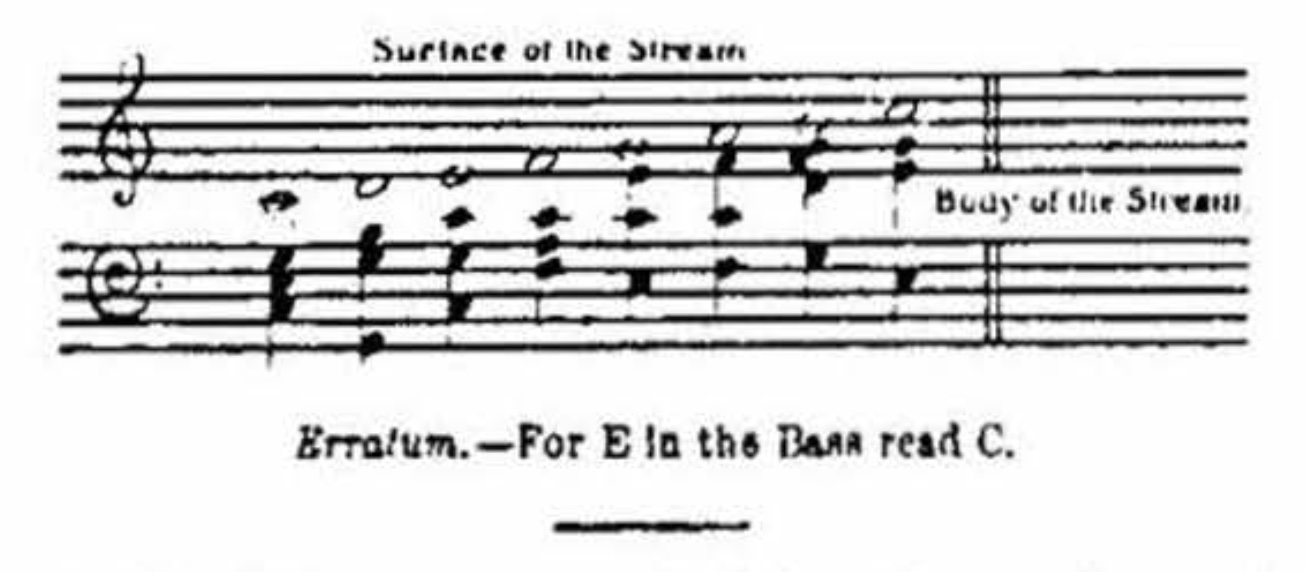D27 of the major scale; and the number 27 as string-length will give the vibrations of D26 2/3 in the minor scale, and so all through; they stand thus:-
Lengths 30 26 2/3 24 22 1/2 20 18 16 15 Vibrations
Vibrations 24 27 30 32 36 40 45 48 Lengths
And it is another very interesting fact that those numbers multiplied into each other always make 720, the number in the minor genesis which corresponds to 1 in the major; F1 being the generative root of the major, and B720 the generative top of the minor; so adjusted they place the two D's beside each other - D26 2/3 and D27 - and we see the comma of difference between these two numbers which are distinctive of the major and the minor; 26 2/3 x 3 = 80, and 27 x 3 = 81, and 80:81 is the ratio of the comma. This is the Ray and the Rah in which there lurks one of music's mysteries. Let him that is wise unravel it. It is symbolic of something in the spiritual realm of things; its full meaning is only found there.
When the chords follow each other placed in such a way as to bring the upper note of the one as near the upper note of the next as it can be, the upper surface of this stream of harmony is the melodic scale and the harmony is the bottom and the body of the stream.

Seven notes in the Octave are required for the major scale, e.g., the scale of C. All the notes of the relative minor A are the same as those of the scale of C major, with exception of D, its fourth in its Octave scale, and the root of its subdominant in its chord-scale; thus, one note, a comma lower for the D, gives the scale of A minor.
The six successive major scales with sharps require two new notes each; and so with the six successive scales with flats, they also require two new
